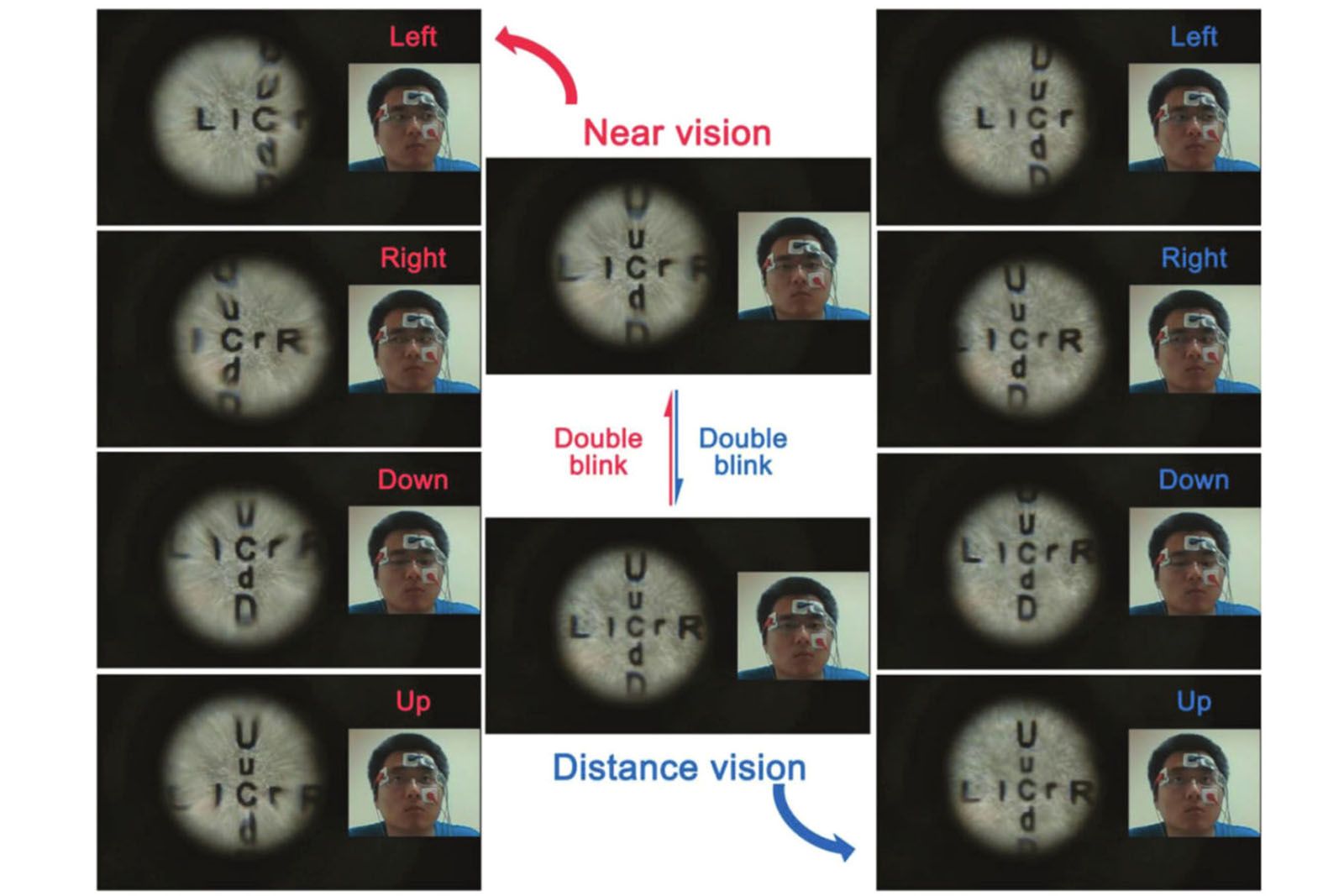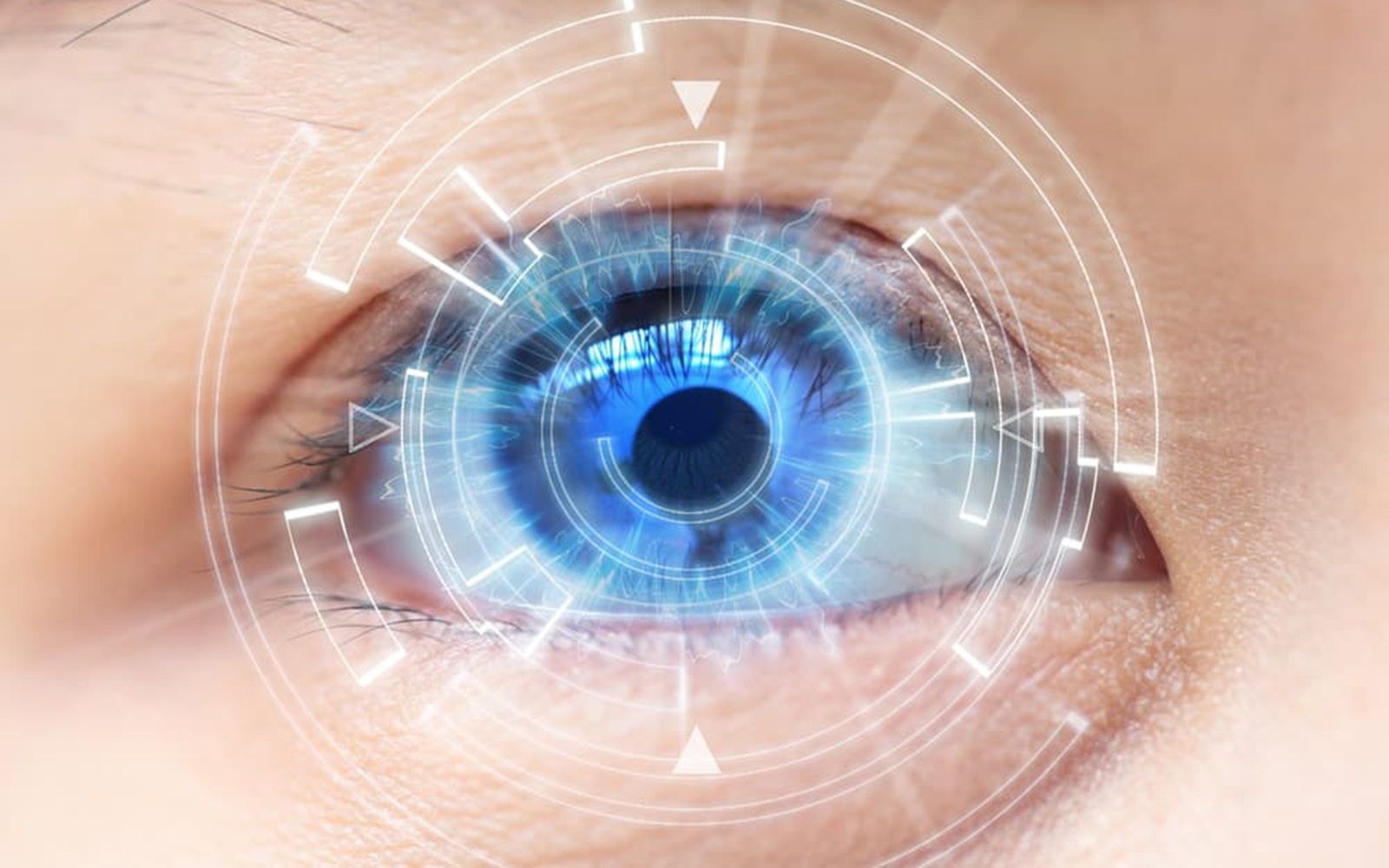A prototype contact lens that can automatically switch between focusing on near and far objects, as well as zoom, is being developed by researchers at the University of California San Diego.
The smart contact lens is still years away from being suitable for the human eye - it currently only functions in a special rig and the test subjects have electrodes all over their skin around their eyes - but the technology is at least in early stages.
According to Gizmodo, who has digested some of the research, there are two parts to the prototype contact lens detailed in a recent paper called 'A Biomimetic Soft Lens Controlled by Electrooculographic Signal'.
The two parts consist of the lens itself, which replicates how the lens of the human eye works, but stretchy polymer films take the place of organic tissue. The films are said to change structure when an electric current is applied, expanding to reduce the lens's thickness or contracting to increase the thickness, resulting in the focal point of the light passing through changing.

The second part of the artificial lens is how it is controlled. There's quite a bit of science involved here, but in a nutshell, Gizmodo says the lens would be able to detect the Electrooculographic signals generated by the human eye, with electrodes placed on the skin around the eye measuring the difference between the front and back of the eye, tracking those movements and translating them.
As a result - and of course there is more to it than we're detailing here - the contact lens could automatically focus on close objects if a user looks down, or further afield when a user looks up, for example. There's also potential for the sensitivity of the lens system to detect if a person blinks multiple times, allowing the lens to then work like a telephoto zoom lens.
There's still a lot to be done before the prototype lens is anywhere near production for the human eye - not least the miniaturisation of several of the lens' components - but it's still exciting to see what technology is potentially capable of in the future.

